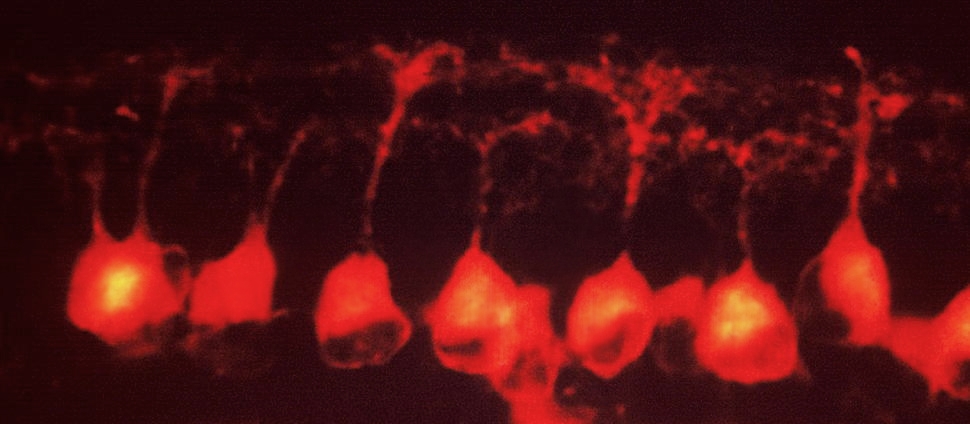Document Type
Article
Publication Date
1-1-2014
Publication Title
BioEssays
Abstract
Melatonin, the neuro-hormone synthesized during the night, has recently seen an unexpected extension of its functional implications toward type 2 diabetes development, visual functions, sleep disturbances, and depression. Transgenic mouse models were instrumental for the establishment of the link between melatonin and these major human diseases. Most of the actions of melatonin are mediated by two types of G protein-coupled receptors, named MT1 and MT2, which are expressed in many different organs and tissues. Understanding the pharmacology and function of mouse MT1 and MT2 receptors, including MT1/MT2 heteromers, will be of crucial importance to evaluate the relevance of these mouse models for future therapeutic developments. This review will critically discuss these aspects, and give some perspectives including the generation of new mouse models.
Keywords
Circadian rhythm, Diabetes, Melatonin, Melatonin receptors, Photoperiodism, Retina, Sleep
Volume
36
Issue
8
First Page
778
Last Page
787
DOI
10.1002/bies.201400017
ISSN
02659247
Version
Author's Accepted Manuscript
Recommended Citation
Tosini, Gianluca; Owino, Sharon; Guillaume, Jean Luc; and Jockers, Ralf, "Understanding Melatonin Receptor Pharmacology: Latest Insights from Mouse Models, and Their Relevance To Human Disease" (2014). Neuroscience: Faculty Publications, Smith College, Northampton, MA.
https://scholarworks.smith.edu/nsc_facpubs/61


